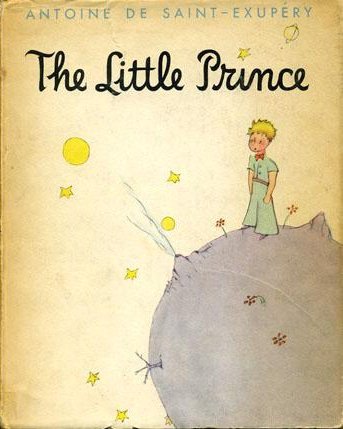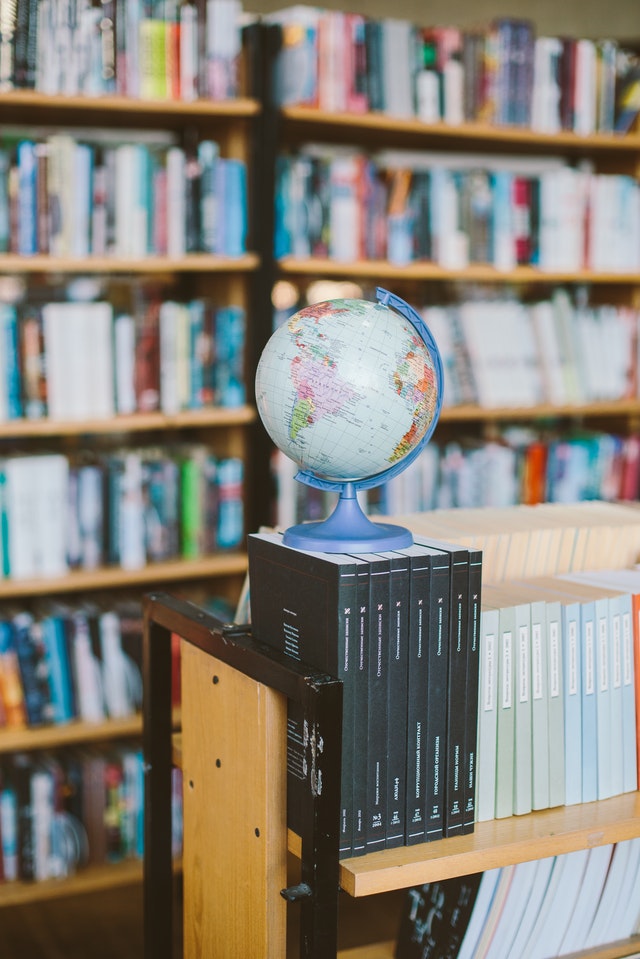Why you should embrace and explore diversity in literature
 Every budding writer will be familiar with the advice that, in order to be a successful writer, you must read.
Every budding writer will be familiar with the advice that, in order to be a successful writer, you must read.
But what are we to read? According to William Faulkner, we should read as much and as widely as possible. The principle of reading as much as possible is a simple concept, even if it is not always easy for those with a busy lifestyle: spend as much time as you can with your head in a book. To read as widely as possible is more challenging and complex, as we are generally drawn to the literature of our native tongue, for ease of understanding and familiarity on a cultural level as well as the obvious necessity of linguistic comprehension. This can dramatically limit the variety of literature we expose ourselves to, preventing us from experiencing the richness, value and depth of understanding that comes from exploring literary diversity.
Such limitations are especially relevant for native English speakers, who have a vast range of literature available to them from English-speaking nations across the globe and therefore are less likely to seek out foreign-language texts.
There is, naturally, diversity in the writing of many different English-speaking cultures, however, it must be borne in mind that much of the presiding international literature supports the narratives of those nations who have known historic global dominance.
Following the Black Lives Matter protests of 2020 which highlighted persisting racial inequalities in our society, many aspects of education were re-examined, including the relatively narrow selection of literature studied in UK classrooms. Many have called for greater diversity in the English literature curriculum in order that all children may read books by authors that represent them and characters they can relate to, as well as promoting discussions on the inequalities, power dynamics and discrimination surrounding each work.
 Le Petit Prince (The Little Prince) by Antoine de Saint-Exupéry is one such example. The story is a must-read in many schools worldwide, but its multi-layered observations on life, morality and human nature mean that it can have a profound impact on the adult reader too.
Le Petit Prince (The Little Prince) by Antoine de Saint-Exupéry is one such example. The story is a must-read in many schools worldwide, but its multi-layered observations on life, morality and human nature mean that it can have a profound impact on the adult reader too.
The International Children’s Digital Library is a fantastic free online resource that collects exceptional historical and contemporary literature from across the globe, with the aim that ‘every culture and language [is] represented so that every child can know and appreciate the riches of children’s literature from the world community’. The ICDL launched in 2002 and there are currently 4,619 books in 59 languages in the collection. Such an initiative is a perfect example of the way that delving into and sharing international literature opens up a wealth of possibilities; although the online library was created with the aim of facilitating multilingual and multicultural reading among children, it could be an ideal way of starting your own personal exploration of foreign literature.
From Mongolia to Mozambique, Bulgaria to Bangladesh and Nicaragua to Nepal, the abundance of quality literature is enough to make the even most avid reader marvel.
Reading from (and advocating) a worldwide canon not only helps promote lesser-known authors, but also serves as an enriching learning opportunity. Often intense and emotional, a native perspective enables a cultural immersion and appreciation that is largely absent from the presentation of historical events or people groups by objective ‘outsiders’. Greater understanding of others nurtures a more compassionate and less judgemental society by removing stigma and bias. For a writer, exposure to a wide variety of literary styles and techniques is a valuable and effective way of appraising and developing personal writing skills. Cien años de soledad (One Hundred Years of Solitude) by Colombian author Gabriel García Márquez, and Alf Layla wa Layla (The Thousand and One Nights/ The Arabian Nights) are excellent fictional works to begin your discovery of South American and Arabic literature respectively.
 For the vast majority of people, exploring literature from many different countries will involve reading a significant number of translated works – a caveat that must be noted. The mark of a good translator is to not know they exist; that is, the reading should be as natural and lucid as the author intended. In order to achieve this fluidity, translators may stray slightly from the precise lexical details of the original text and therefore lose its je ne sais quoi.
For the vast majority of people, exploring literature from many different countries will involve reading a significant number of translated works – a caveat that must be noted. The mark of a good translator is to not know they exist; that is, the reading should be as natural and lucid as the author intended. In order to achieve this fluidity, translators may stray slightly from the precise lexical details of the original text and therefore lose its je ne sais quoi.
In no way am I diminishing or criticising the work of translators here; on the contrary, as a linguist I understand fully the complexities and challenges of striving to create natural, linguistic flow whilst remaining as faithful as possible to the author’s meaning and language choices, and many literary translators achieve this with remarkable skill. Nevertheless, as a reader who is seeking to learn about the literary and cultural heritage of a foreign work, it is useful to bear in mind that a translation will never be an exact replica of the original text. Rather than avoiding translated works, however, I would encourage background reading around the author, the text and any political, social or cultural issues present at the time.
With so many restrictions on physical international travel due to the Covid-19 pandemic, there couldn’t be a better time to discover more of the global literary canon and have adventures from your armchair. I hope this has inspired you to broaden your choice of the literature you read and would love to hear from you about any new discoveries you make!





Leave A Comment